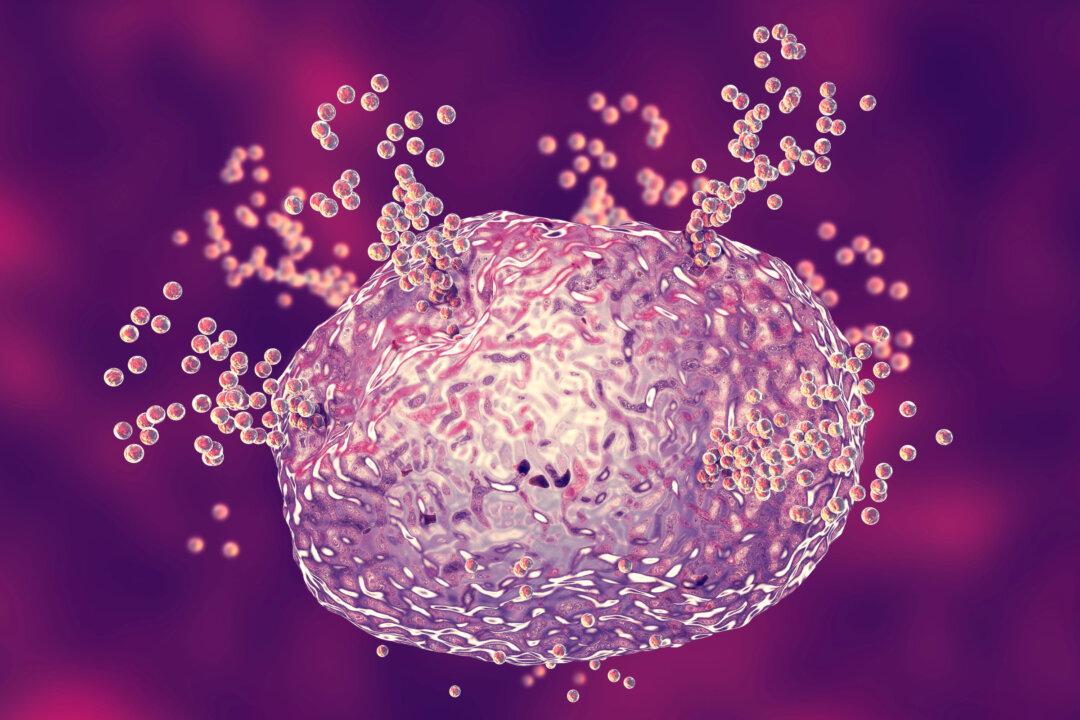Did you know that one of the most important ways to reduce your chance of succumbing to a virus is cleaning the nasal passages and throat? Fostering oral and nasal hygiene is exponentially more effective than masking and sanitizing everything. In fact, Dr. Peter McCullough, a highly credentialed and published cardiologist, internist, and epidemiologist, says this strategy alone has been shown to reduce progressive disease by up to 75 percent.
Some viruses live in the nasopharynx (the part of the throat that goes up into the nasal cavity) for any duration of time up to 10 days before causing respiratory problems and inflammation. However, many compounds kill viruses upon contact, such as hydrogen peroxide, iodine, essential oils, and saline (saltwater).






